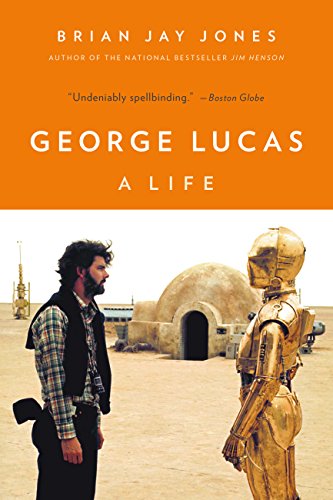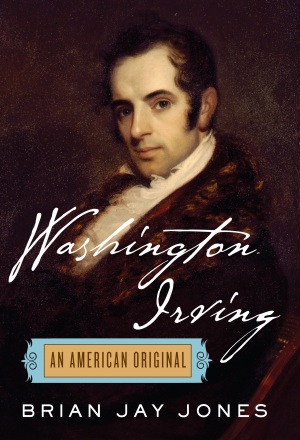 Over the weekend, Paul McCartney announced his intention to release a 40-year-old “lost” Beatles track, a 14-minute avant garde piece assembled by McCartney — with an assist from John Lennon — called “Carnival of Light.” As reported by the London Guardian, the track was never released — not even for the deep-drilling Anthology collection — “because three of the Fab Four thought it too adventurous.”
Over the weekend, Paul McCartney announced his intention to release a 40-year-old “lost” Beatles track, a 14-minute avant garde piece assembled by McCartney — with an assist from John Lennon — called “Carnival of Light.” As reported by the London Guardian, the track was never released — not even for the deep-drilling Anthology collection — “because three of the Fab Four thought it too adventurous.”
As a Beatles completist, you can be sure I’ll buy anything Sir Paul wants to release. But will the track be worth listening to? Here’s what I know about it:
In 1967, Paul McCartney was asked by his friend, the artist and journalist Barry Miles, to assemble a soundtrack for an electronic musical festival to be held that winter at the Roundhouse Theatre in London. McCartney — whose taste for the avant garde had been spawned and whetted largely through his relationship with the actress Jane Asher and a number of her artistic acquaintances — eagerly agreed to submit a piece. On January 5, 1967 — as the Beatles were putting the finishing touches on “Penny Lane” — McCartney persuaded his bandmates to dedicate a few moments to laying down an avant garde soundtrack.
“We were set up in the studio and would just go in every day and record,” McCartney told the BBC. “I said to the guys, this is a bit indulgent but would you mind giving me 10 minutes? I’ve been asked to do this thing. All I want you to do is just wander round all of the stuff and bang it, shout, play it. It doesn’t need to make any sense. Hit a drum, wander to the piano, hit a few notes … and then we put a bit of echo on it.”
The banging away in Abbey Road’s Studio 2 lasted for 13 minutes and 48 seconds — at that time, the longest uninterrupted track the Beatles had ever recorded. Here’s what Beatles historian Mark Lewisohn says about the recording session:
“…it was a combination of a basic track and numerous overdubs. Track one of the tape was full of distorted, hypnotic drum and organ sounds; track two had a distorted lead guitar; track three had the sounds of a church organ, various effects (the gargling of water was one) and voices; track four featured various indescribable sound effects with heaps of tape echo and manic tambourine.
“But of all the frigthening sounds it was the voices on track three which really set the scene, John and Paul screaming dementedly and bawling aloud random phrases like ‘Are you all right?’ and ‘Barcelona!’
“Paul terminated the proceedings after almost 14 minutes with one final shout up the control room: ‘Can we hear it back now?'”
According to Geoff Emerick, the Beatles’ go-to recording engineer, neither he nor producer George Martin was all that impressed with what they heard. “When they had finished,” recalled Emerick, “George Martin said to me, ‘This is ridiculous, we’ve got to get our teeth into something a little more constructive.'”
When asked about the track twenty years later, Martin claimed not to remember the recording session (“..and it sounds like I don’t want to, either!” he joked). But when asked about the track again recently, his response was more diplomatic. “It was a kind of uncomposed, free-for-all melange of sound that went on,” said Martin. “It was not considered worthy of issuing as a normal piece of Beatles music at the time and was put away.”
McCartney apparently lobbied for its inclusion on Anthology, but was vetoed by the other Beatles. Their attitude, McCartney said, was “‘this is rubbish.'”
McCartney’s announcement has caused a bit of a dither in the Beatles fanbase — some are excited by the idea of a new track, while others accuse Sir Paul of going to the Beatles vault once too often, milking the Beatle legacy for another quick buck. I’ll willingly admit to falling more into the former camp — I’m always interested in hearing what was left on the cutting room floor or given up for dead, as this track apparently was — and I’ll eagerly pick up anything they want to release. If it’s unlistenable, I’ll simply treat it as I do pieces like “Revolution 9” and “Flying”: when they pop up on the iPod, I’ll just push the Forward button.
I’m a Beatles Completist, McCartney Enabler, and, apparently, part of the problem. But I’ll gladly take “Carnival of Light.”
The Guardian article can be found here. And, closer to home, you can see The Washington Post‘s take on the story right here.








I'm inclined to agree with Ian Hammond, that "Revolution 9" is "not chaos but in fact has a very tight and consistent structure." Though the sounds played on that track are noise, they are arrange in a deliberate way. It sounds like the problem with "Carnival of Light" is that there was no attempt to turn it into a composition — that it is, in fact, chaos.
Obviously we'll have to wait til we hear it, but unless they put some serious thought into the overdubs, I don't expect it to hold together very well.
Also, "Flying" is cool. >:(
LikeLike
Ian Hammond’s analysis IS convincing in that regard. And as cliche as it sounds, I DO hear something new every time I listen to it. Still, it’s one that I forward past more often than not.
The best part of “Flying” remains the “La la la laaaaaaa”s.
LikeLike
“McCartney Enabler”! That is funny, and very tolerant of you, for as much as I love the Beatles, I think their strength lay in their recording studio craft rather than their whimsy (sitars! new age!).
Have you read “Tell Me Why”?
LikeLike
Erin: Yes, I’ve read Tell Me Why, and liked it, for the most part, though Tim Riley gets a bit snooty at times.
Much better — and much more informative — is Ian McDonald’s Revolution in the Head.
Just my opinion, of course!
LikeLike